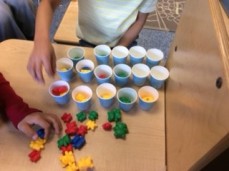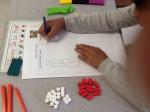
Student self-assessment of the Core Competencies has sparked great interest and discussion across the province. Over 90 Surrey teachers and 50 Richmond teachers came to learn more about the work of a group of fabulous Surrey Primary teachers. 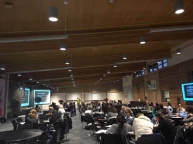
I had the honour of sharing their stories, experiences and students’ examples about reflecting and self-assessing the Core Competencies. We have met several times over the last few years to network, discuss, and develop a story that we wanted to share with our colleagues to help with this journey.
This is an incredible team! Thanks so much.

I have attached the Power point that shares the journey of this team. It walks you through the following questions:
- How did we start?
- What did we do?
- How did it evolve?
- Where are we now?
We focused on setting the stage by getting to know your students, developing a community of learners and using explicit Core Competencies language with the students (at a developmentally appropriate level).
The comparison of ‘reflection and self-assessment’ was such a rich discussion. We landed in the place with the following:
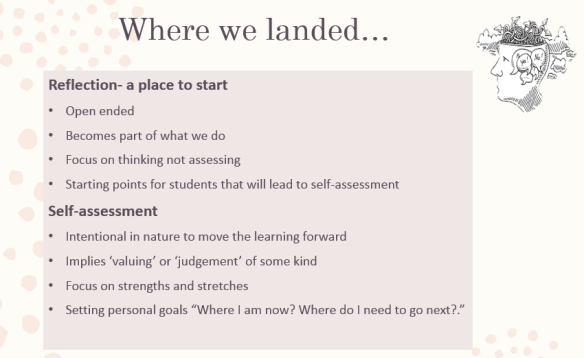
Here are our thoughts about introducing the Core Competencies to young learners:

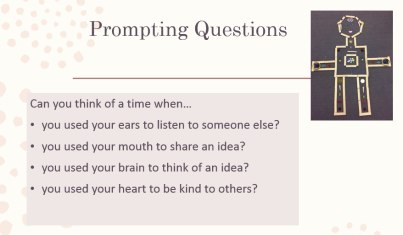
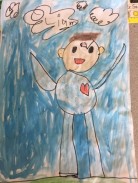
Please refer to the Power point to see the wisdom of these teachers and how they bring the Core Competencies alive in their classroom and allow their students to reflect and self-assess.
These are valuable links for additional resources:
Surrey Schools CSL – all videos and resources are found on this link
https:/sd36csl.com/
Surrey Helping Teachers Support
bit.ly/curriculum36
Stay tuned for additional support in the New Year!


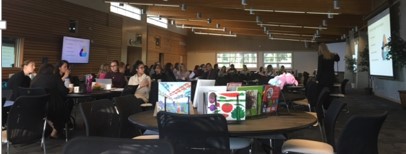 regulation, Literacy and Numeracy), network and think about ways to establish a firm foundation with their learners. We shared the essential Literacy and Numeracy foundations and routines that can be used daily to provide opportunities for the learners to make connections.
regulation, Literacy and Numeracy), network and think about ways to establish a firm foundation with their learners. We shared the essential Literacy and Numeracy foundations and routines that can be used daily to provide opportunities for the learners to make connections.
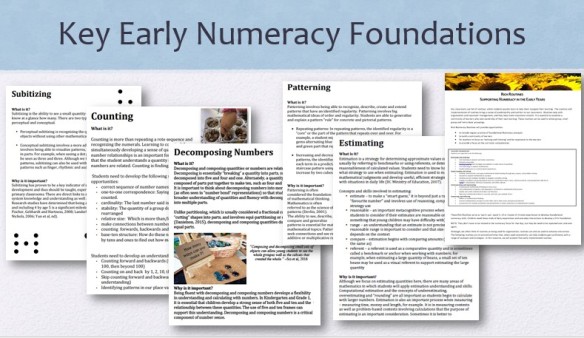
 using five/ten frames, as well as, authentic practice, provocations, and practical applications in classrooms. The teachers appreciated the reminder of how to use ten frames to develop the core
using five/ten frames, as well as, authentic practice, provocations, and practical applications in classrooms. The teachers appreciated the reminder of how to use ten frames to develop the core competencies in their math classes.
competencies in their math classes.


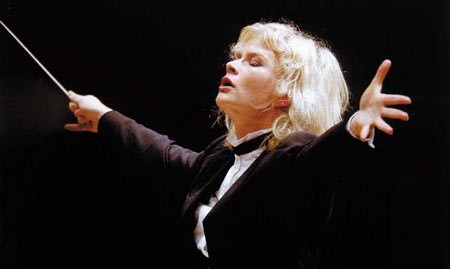









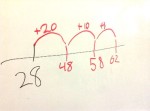

 Reggio-Inspired Mathematics. Many teachers have become more aware of the highly regarded early learning program from Reggio Emilia, Italy. In Surrey, there is a growing interest in how Reggio-Inspired practices might enhance mathematical teaching and learning. After teaching all day, these teachers eagerly explored direct provocations focusing on Number, Pattern, Geometry and Measurement. There was enthusiasm as they used ‘loose materials’ and ‘mathematically structured’ materials to investigate the mathematics.
Reggio-Inspired Mathematics. Many teachers have become more aware of the highly regarded early learning program from Reggio Emilia, Italy. In Surrey, there is a growing interest in how Reggio-Inspired practices might enhance mathematical teaching and learning. After teaching all day, these teachers eagerly explored direct provocations focusing on Number, Pattern, Geometry and Measurement. There was enthusiasm as they used ‘loose materials’ and ‘mathematically structured’ materials to investigate the mathematics. We explored the practices that would help develop our students’ mathematical understanding:
We explored the practices that would help develop our students’ mathematical understanding:
 na
na ble students to build on their understanding
ble students to build on their understanding the students to explore mathematics increases engagement and wonder. Mathematically structured materials like pattern blocks, ten frames and Cuisenaire rods are often provided to discover concepts.
the students to explore mathematics increases engagement and wonder. Mathematically structured materials like pattern blocks, ten frames and Cuisenaire rods are often provided to discover concepts.
 hanks to all the amazing teachers that attended the session. Hopefully, you took away some ideas to use in your classroom. Remember the important message… ‘One
hanks to all the amazing teachers that attended the session. Hopefully, you took away some ideas to use in your classroom. Remember the important message… ‘One